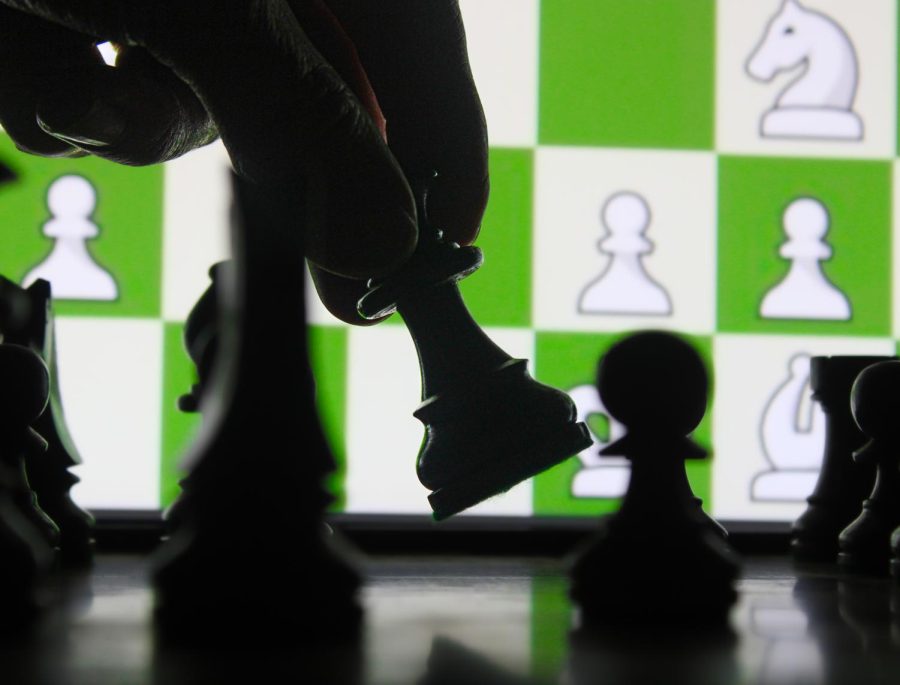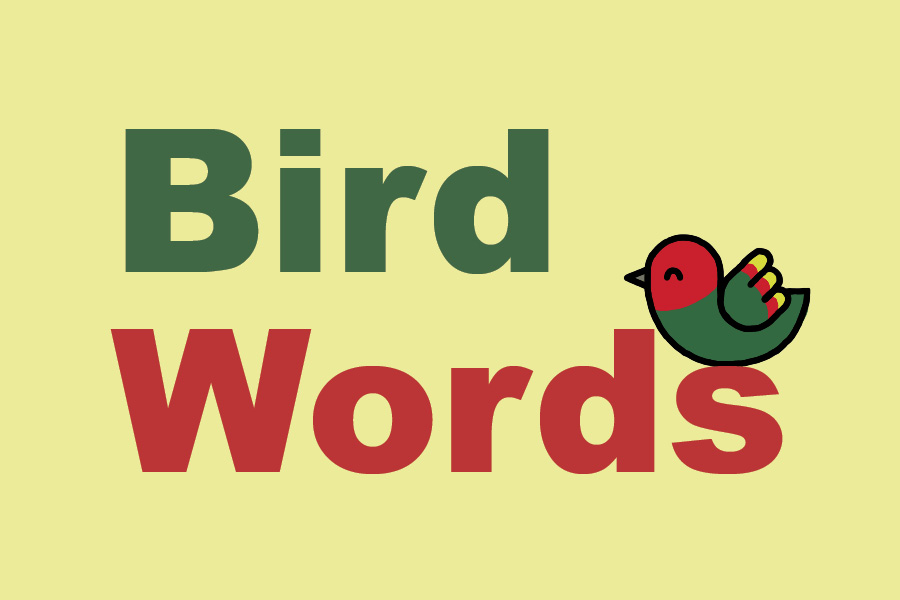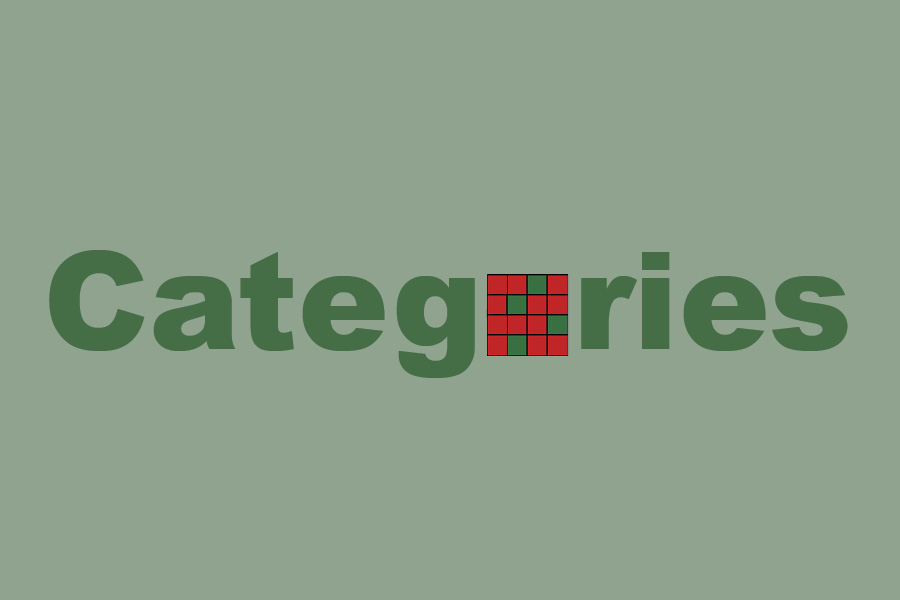FEATURE: The Chess Epidemic
Sudden chess frenzy sweeps through schools, gaining the interest of students.
Referencing the hit October 2020 miniseries, sophomore Gillian Sellet says that “The Queen’s Gambit” seems to have kicked off society’s newfound obsession with chess. Now, with students frequently using class time to play the game, many teachers have expressed frustration with the effects of the craze on their classrooms. “People use it as a form of competition and it can be good for hanging out with friends but it’s pretty disruptive during class time,” Sellet said.
May 12, 2023
The game of chess has been around for over 1500 years and has remained popular throughout its duration; however, the game has recently experienced a tremendous surge in popularity. Short chess clips are appearing everywhere on social media platforms like Tiktok, and chess streamers are taking over the YouTube world.
chess.com stated that traffic on its website has nearly doubled since December of 2022, and has continued to grow since. Every day since Dec. 5, at least one million people have solved their “daily puzzle.”
It doesn’t end there – chess is affecting schools as well. At the 6-12 grade levels, chess has a butterfly effect. Kids see their friends playing chess, so they decide to give it a try, and become hooked. Chess is easily accessible from a mobile device on various chess websites, leading to a potential distraction in class.
This is not the only time that chess has taken over the world. A few years ago, Netflix’s The Queen’s Gambit fascinated viewers from English speaking countries, spewing a chess frenzy. The show ended over two years ago, so it begs the question: why is there a new chess epidemic? Is there any external influence?
A significant contributing factor to the growth of chess is the rise of American chess International Master Levy Rozman, also known as Gotham Chess. Rozman is a chess streamer and content creator who has amassed over 3.5 million subscribers on YouTube. His entertaining but informative content has brought a fresh and fun new perspective to the game, especially to the younger audience. He has a unique way of making chess fun to watch and even more fun to play.
Rozman isn’t the only internet personality who has contributed to the growth of chess. Twitch Streamer and Grandmaster Hikaru Nakamura, female FIDE master Anna Cramling, and Alexandra Botez are massive contributors to the growth of chess through social media.
PogChamps, an online amateur chess tournament hosted by chess.com, is another big entertainment outpost for online chess. Large internet personalities compete in a single elimination chess tournament over the span of two weeks. The most recent edition, PogChamps 3, gathered 19.2 million total views over the span of the tournament.
With these factors at play, it is safe to say that chess has been popularized by social media algorithms; but how does this affect learning?
Junior Max Polson, an avid chess player and enjoyer, thinks that chess is a beneficial way to relieve stress and keep your brain involved in school.
“It’s amazing for downtime during class,” Polson said. “I can still keep my brain involved and have fun with friends.”
Polson further specifies that chess has made him a smarter, sharper thinker.
“It’s given me a positive outlook,” Polson said. “I have to protect those who are dear to me, like the king and queen. It’s helped me further my critical thinking skills. Chess is intellectual warfare.”
Logan Mackay, an English teacher and sponsor of chess club, was pleasantly surprised at the sight of kids playing chess in their downtime.
“Chess is a great mind exercise,” Mackay said. “I would rather see students playing chess than mindlessly scrolling through a feed – it shows me that they are actually using their brains.”
As long as it doesn’t interrupt instruction time, Mackay says that he is willing to accept any challenge to a chess match from his students.
“I enjoy chess, but I’m not great at it. I’ve played one of my student’s before, and I lost immediately,” Mackay said. “It’s a cool way to build relationships with students, to be able to do something with them that’s not tied to content or academic things.”
On the other extreme, chess during instruction time can be hard for teachers to manage, especially during lecture. Social studies teacher Phillip Mitchell gives his opinion on the topic.
“When we have more time to work in class, that’s when I am able to walk around the room and see what’s on everyone’s screens. It’s during that time where it’s probably more acceptable. When it is not the best time to play chess is when I’m doing direct instruction or lecture. It does end up being a situation where I do tend to, especially in advanced class, put it on the kids to make the right choice.”
Even though Mitchell is not necessarily an advocate of chess in class, he advises kids to pursue whatever their passions may be.
“For my kids interested in chess, I encourage them to do more with that,” Mitchell said. Get involved with our chess club. But you know, if it’s a passion you pursue, just do it at the right times.”









